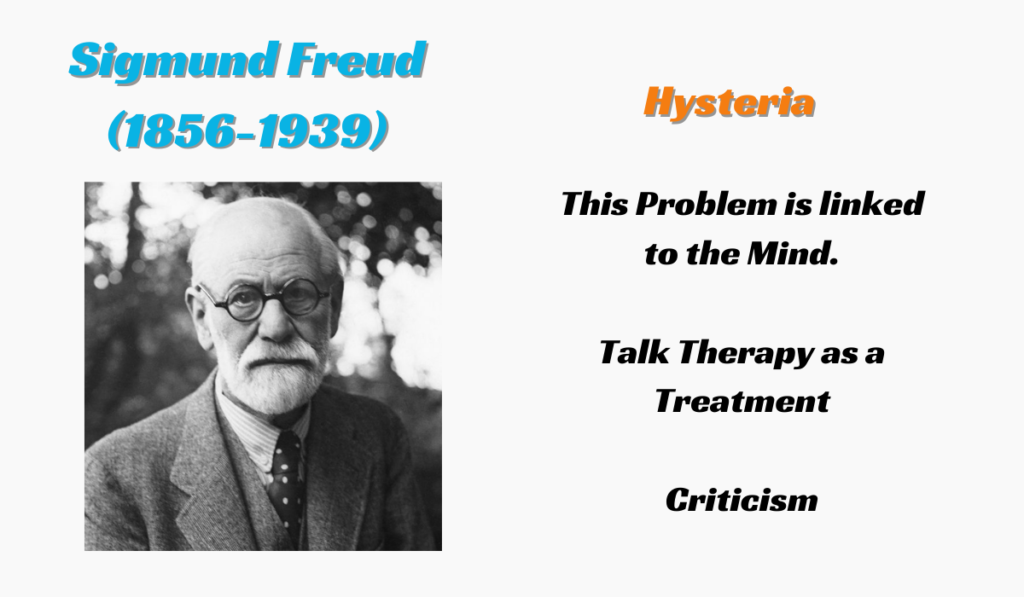
For numerous years, political institutions together with criminal justice organizations have engaged in discussions about marijuana legalization for recreational and medicinal purposes. Human beings started using marijuana before laws prohibited its use at least 5,000 years ago. As these discussions continue, many people are now seeking the best weed delivery in Scarborough Ontario to access cannabis in a convenient and legal way.
The legal approval of marijuana for recreational together with medicinal use has been a controversial issue in political structures and criminal justice institutions for decades. The legalization of cannabis generates substantial economic advantages and lowers criminal justice expenses while establishing improved safeguards for public safety. The debate continues between those who oppose marijuana legalization due to its impact on public health risks and addiction as well as social consequences.
Human use of marijuana extends through history at least 5,000 years. Throughout history China and India together with the Middle East civilizations utilized cannabis as an essential ingredient for religious practices alongside medical applications and industrial manufacturing. Society knew about marijuana’s healing properties which medical practitioners used to treat both pain and swelling and help people sleep better. Some societies employed marijuana as a component in religious ceremonies and for achieving relaxation purposes.
The criminalization of marijuana emerged during the twentieth century because heightened attention developed regarding its psychoactive properties alongside its links to criminal behavior. The United States began its cannabis prohibition through the Marihuana Tax Act of 1937 which became the Controlled Substances Act of 1970 that classified marijuana as a Schedule I drug because it had high abuse potential yet no accepted medical usage. Many nations across the world passed similar laws that resulted in global prohibition.
Public opinions regarding cannabis have started to change in the past few years. Scientific studies about cannabis medical applications resulted in multiple regions legalizing its use. The legalization of marijuana as a medical and recreational product now applies to Canada and Uruguay as well as multiple U.S. states.
Governments currently engage in a continuing discussion to measure the social effects alongside economic impacts and health consequences of legalization while establishing proper rules that protect both individual rights and public regulation.
Successive annual changes introduced more laws that both punished and taxed drug usage. During his presidential campaign in the late 1960s Richard Nixon designed his political approach by focusing on minorities through targeting black people (Hodge, 2021). Before 1969 when he took office the Civil Rights movement (1954-1968) maintained full momentum. The civil unrest alongside rising crime rates became linked by Nixon to the drug use of minority populations as part of his presidential campaign strategy (LoBianco, 2016). The gateway drug theory received conflicting support from current research even though he continued to warn about marijuana leading to dangerous substances (Nöel& Wang, 2018).
Upon starting his presidency Nixon took to national television to introduce Congress’s Drug Abuse Prevention and Control program which then became known as the War on Drugs. The Controlled Substances Act originated in October 1970 to take effect as law in May 1971 according to Gabay (2013). The act established drug scheduling from one to five and provided descriptions of drug abuse and addiction levels and specific drug examples. The Controlled Substances Act designated marijuana as a Schedule 1 drug because it holds high addictive properties and lacks medical therapeutic value. The Drug Abuse Centers (2019) report that marijuana shows no signs of chemical addiction but can develop into a habitual substance. Cannabis functions extensively in medical facilities to treat chronic pain while it helps patients manage nausea caused by chemotherapy and neurological disorders (Bridgeman &Abazia, 2017).
Multiple people claim the Schedule 1 classification errors because marijuana possesses low addictive features relative to other drugs and has been used medically for many centuries.
The American Nonsmokers’ Rights Foundation reports that 17 states together with Washington D.C. have both recreational and medical marijuana legalization while 19 states permit medical marijuana only (American Nonsmokers’ Rights Foundation, 2021). Thirty-seven states together with D.C. have established some form of marijuana legalization but numerous objections remain against its utilization. The opposition to marijuana legalization points to three main negative effects: it will raise teen drug use risks and medical costs and lead to increased criminal activity. The legalization status has evolved yet research about marijuana use and its law-related effects remains limited.
The current decisions regarding legalization rest with state governments even though marijuana remains illegal according to federal legislation (National Conference of State Legislatures, 2021). The study analyzes the cannabis-criminality relationship through evaluation of recent research in addition to three contemporary articles which explore marijuana legalization effects on crime and medical dispensary impacts on law enforcement. Modern researchers aim to establish a full picture of marijuana use effects on criminal activities. The growing number of users throughout the country (NIH, 2021) makes it essential to direct legalization policies using evidence-based information. Multiple studies with inconsistent findings and public divisions about the matter generate significant confusion during this period. The current research needs to explore marijuana trends and laws because marijuana usage remains unchanged following legalization policies.
Known Psychology is a collaborative platform run by a dedicated team of psychology experts, professional writers, and experienced editors who are passionate about psychology and mental wellness. We publish evidence-based, easy-to-understand content designed to inform, inspire, and support our global audience. Every article is carefully researched and crafted to provide reliable insights into human behavior, emotional health, therapy techniques, and personal growth strategies. At Known Psychology, we turn complex psychological topics into simple, actionable knowledge.


